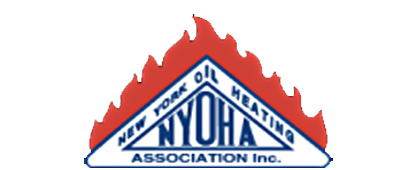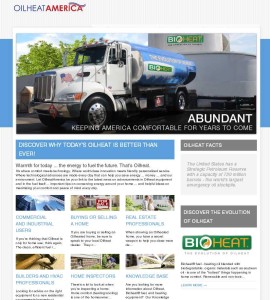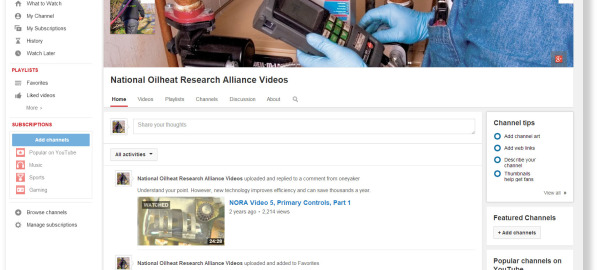[ezcol_1half]Many states in the Northeast have instituted requirements to move heating oil to a low-sulfur blend and some have included biodiesel blends in their mandates.
Connecticut, Delaware, Maine, Maryland, Massachusetts, New Jersey, New York, Pennsylvania, Rhode Island and Vermont all have phase-in periods that require a dramatic reduction in the amount of sulfur present in heating oil.
Other than Maryland and Pennsylvania, both of which have mandated a reduction to 500 PPM sulfur, each of the above states will require no more than 15 PPM. Each state has set its own time table for the transition, the latest date is July 2018.
The cities of New York and Philadelphia have set their own standards with more aggressive transitions.
The District of Columbia, not yet having low-sulfur requirement, has proposed 15 PPM sulfur by July 1, 2018.
Reducing the amount of sulfur in heating oil results in a reduction of emissions and[/ezcol_1half][ezcol_1half_end]fewer deposits on heat exchangers, providing a cleaner burn and better heating system efficiency.
Additionally, some of the states and New York City have either instituted a biodiesel blend requirement or have proposals in place. The inclusion of biodeisel (a renewable fuel made from agricultural products) in blends up to 5% makes what it known as Bioheat®. Blending amounts above 5% is also becoming widespread and the oilheating industry is currently working to have the higher blends included in ASTM’s specification for heatiing oil or in a new specification for Bioheat®.
The introduction of renewable biodiesel in heating oil offers American consumers a fuel with a renewable component that is actually lowers the carbon impact of heating with oil while bolstering U.S. farming and production.
Click here to view detailed chart of the states positions.
Thank you to Jim Collura, New England Fuel Institute, for assembling this information.[/ezcol_1half_end]











